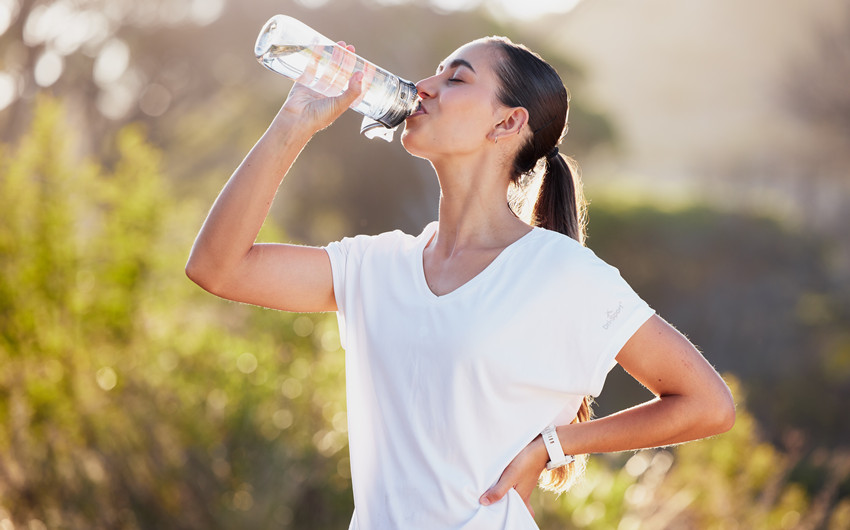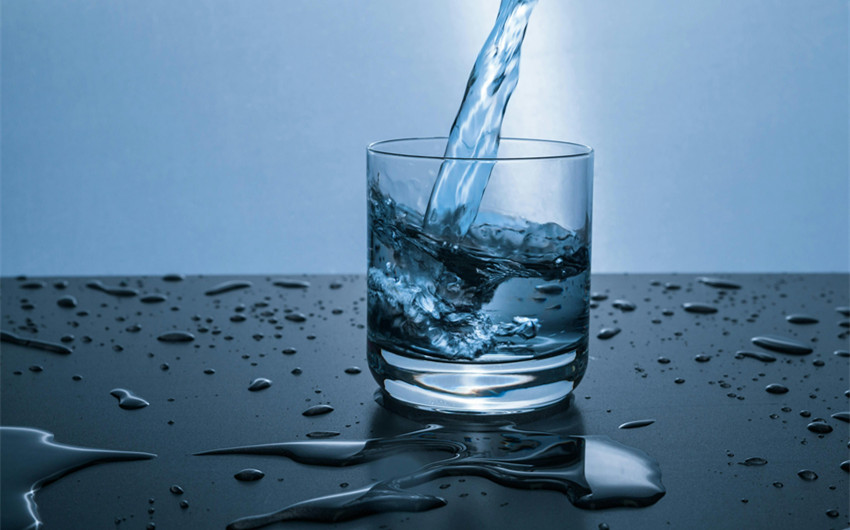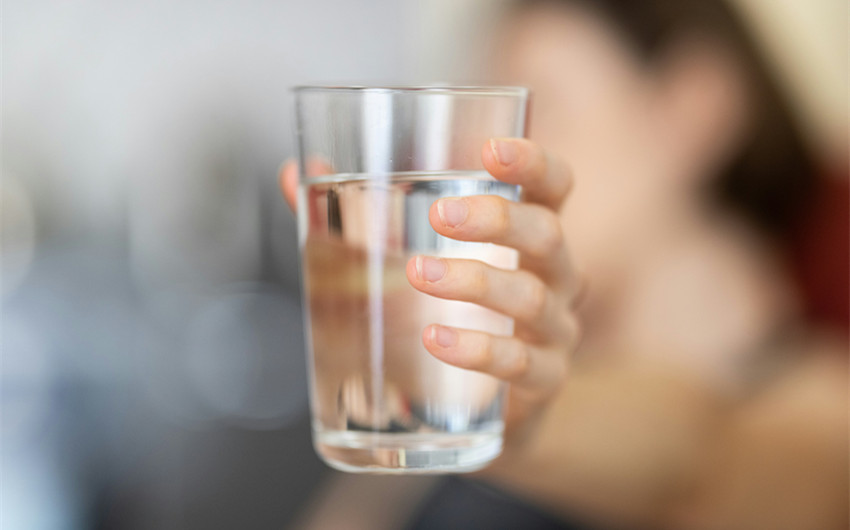How Many Water Bottles Should I Drink a Day for Health?
You’ve probably heard that staying hydrated is important—but between busy days and countless drink options, it’s easy to forget the basics. One question that comes up more often than you’d think is: how many water bottles should I drink a day?
It’s a simple ask with an answer that depends on a few things, like your lifestyle, bottle size, and daily routine. Whether you’re trying to boost your energy, support your health, or just feel better overall, understanding your water needs can make a real difference. Let’s break it down into something practical, doable, and tailored to you.
The 8×8 Rule and What It Means
A common starting point for daily hydration is the “8×8 rule”—that is, drinking eight 8-ounce glasses of water per day. This adds up to 64 ounces of water, or about half a gallon. It’s simple, easy to remember, and widely recommended by health professionals as a baseline for staying hydrated.
However, the 8×8 rule is more of a general guideline than a one-size-fits-all solution. It doesn’t account for factors like your body size, how active you are, or your environment. Still, it’s a helpful reference if you’re just beginning to build a habit of drinking more water. From here, it becomes easier to figure out how many bottles that actually means for you.
Converting Ounces to Bottles
Now that we know the average recommendation is about 64 ounces of water per day, the next step is figuring out how that translates into water bottles. Since bottles come in different sizes, how many you need depends on the kind you use.
Here are some common water bottle sizes and how many you’d need to reach 64 ounces:
-
8 oz bottle – 8 bottles
-
12 oz bottle – About 5.5 bottles
-
16.9 oz bottle (standard plastic water bottle) – About 4 bottles
-
20 oz bottle (common reusable size) – About 3.2 bottles
-
32 oz bottle (large reusable jug) – 2 bottles
If you use a reusable water bottle, check the label or bottom for its fluid ounce (oz) capacity. Then, divide 64 by that number to find your personal “magic number.” For example, if you use a 20 oz bottle, drinking 3 to 4 refills per day will keep you in a healthy hydration range. This approach helps turn a vague guideline into something you can track with ease.
Factors That Affect How Much You Need
While the 64-ounce guideline is a helpful starting point, your personal water needs can vary quite a bit depending on your lifestyle, body, and environment. Here are the key factors that can influence how many water bottles you should drink in a day:
1. Body Size and Weight
Larger bodies generally need more water to stay properly hydrated. A person who weighs 200 pounds will likely need more water than someone who weighs 120 pounds.
Some experts suggest drinking about half an ounce to an ounce of water per pound of body weight daily. So, if you weigh 160 pounds, your goal might be between 80 to 160 ounces a day.
2. Activity Level
If you exercise regularly or have a physically demanding job, you’ll lose more water through sweat and will need to drink more to replace it.
Even mild activity increases your water needs. On workout days, aim to add an extra bottle or two, especially if you’re sweating heavily.
3. Climate and Environment
Hot or humid weather can make you sweat more, leading to increased water loss. Even being at a high altitude or spending time in heated indoor spaces during winter can contribute to dehydration.
In these cases, you’ll need to bump up your intake slightly to stay comfortable and balanced.
4. Diet and Food Choices
What you eat affects how much water you need. High-protein, high-sodium, or spicy diets require more water to help your body process and balance fluids.
On the other hand, eating water-rich foods like fruits, vegetables, and soups contributes to your hydration and may slightly reduce how much you need to drink.
5. Health Conditions and Medications
Certain medical conditions—like fever, vomiting, diarrhea, or urinary tract infections—can increase water loss. Medications like diuretics or some blood pressure drugs may also increase the amount of fluids your body expels.
If you’re managing a condition or on medication, consult a healthcare provider about your ideal intake.
6. Pregnancy and Breastfeeding
If you’re pregnant or breastfeeding, your hydration needs naturally go up. Pregnant people typically need about 70–100 ounces of water daily, and breastfeeding can increase your needs even more to support milk production.
In this case, drinking an extra bottle or two a day is often recommended.
Signs You’re Drinking Enough Water
You don’t need to track every sip—your body gives clear signals when you’re hydrated. Here are a few simple signs to look for:
-
Light-colored urine: Pale yellow or clear urine means you’re well hydrated.
-
Rarely feeling thirsty: If you’re not often thirsty, you’re likely drinking enough.
-
Steady energy and focus: Proper hydration helps prevent fatigue and brain fog.
-
Healthy skin and lips: Hydrated skin looks soft, and lips aren’t dry or cracked.
-
Regular bathroom trips: Going every few hours without discomfort is a good sign.
If these apply to you, your water intake is likely on track.



